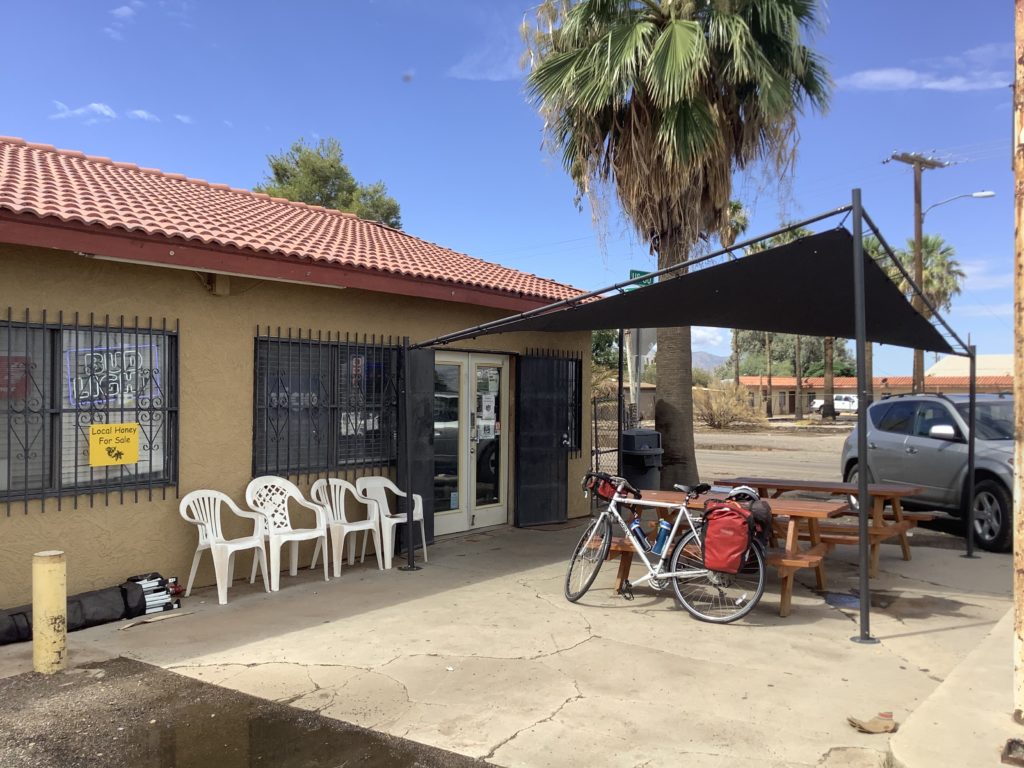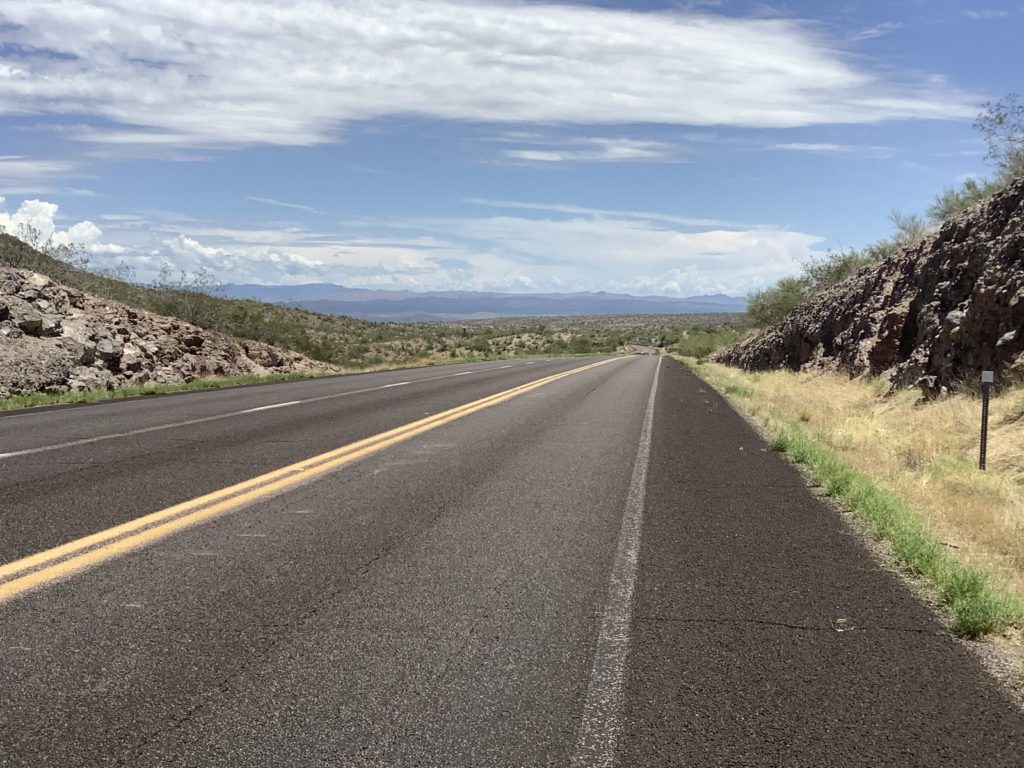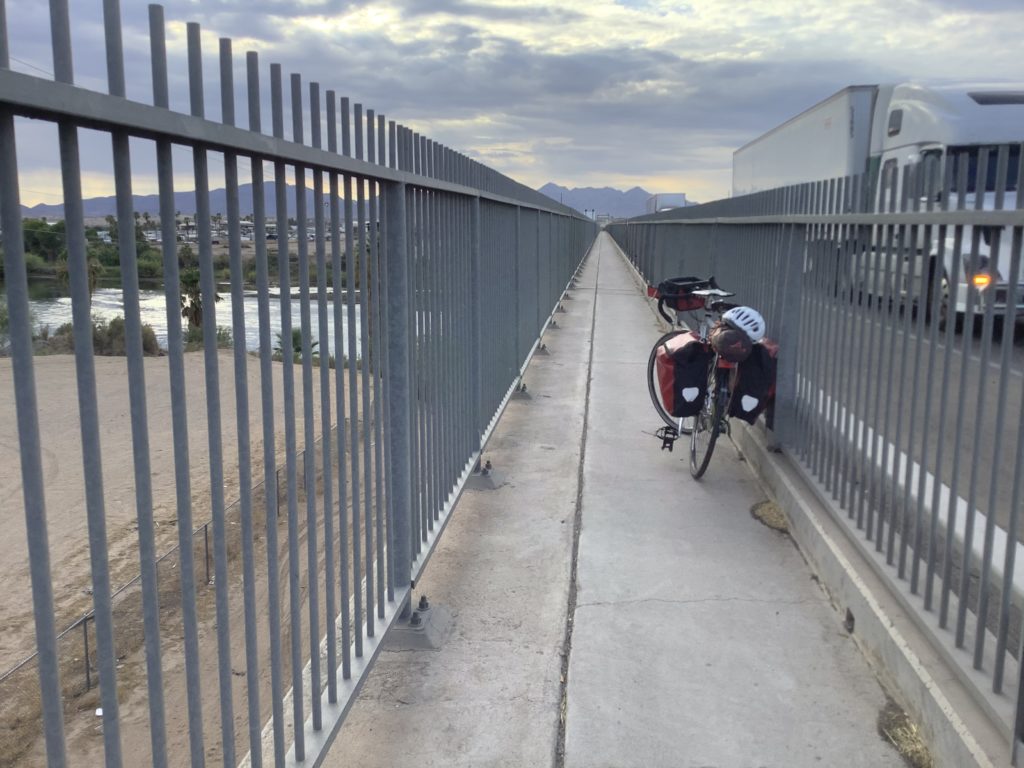By Roger Barbee
A Bush, Bumblebees, and a Butterfly
Next to one side of our screen porch is an abelia bush. Now in early August, it is covered with small, white nectar producing blossoms, so each morning the hum of bumblebee wings bathes the summer air as they move from bloom to bloom for the bush’s sweet juice of life. It is a morning music that I have come to anticipate during these past days; however, earlier this week a visitor graced the bush in its search for some of the same life-giving nectar: An eastern tiger swallowtail butterfly with its full yellowed wings trimmed in black with a bit of blue, joined the bees in the nectar dance of the abelia. The splash of blue identifies this particular swallowtail as a female.
The swallowtail is a large butterfly and a regular summer visitor to the Lake Norman area. Its bright yellow wings dazzle in the morning calm as it dances from bloom to bloom, and because of its size, the swallowtail appears too large to light on one of the delicate, white blossoms. But despite the size difference, the swallowtail perches over and over onto different blooms–in a ballet developed by a force stronger than any we know of, or any we can comprehend.
I read somewhere that a bumblebee, based on aerodynamics, cannot fly. According to physics, it is too heavy and round in relation to its wing size to fly. As I watch and hear the flying bumblebees at the abelia bush, I wonder if the bumblebees know that they cannot fly. But they have other things to consider each morning, and the rapid movement rate of their wings adds a soft hum to the morning.
The swallowtail, like the bumblebees, is an amazing animal. Its life cycle began just weeks before as a small, round egg on a leaf. Going through metamorphosis of four stages, this beautiful female swallowtail that I watch is the result of a process scientist do not yet fully understand. But I do not need to understand how the butterfly came to be any more than I need to understand the Milky Way in order to appreciate the beauty of both. In his poem, When I Heard The Learn’d Astronomer, Walt Whitman tells of having attended a lecture where he saw all the charts and proofs and heard all the explanations, but upon leaving the lecture, he “Look’d up in perfect silence at the stars.”
Explanations and proofs are of value and are even necessary at times. However, each morning watching the insects fluttering about the abelia bush, I am filled with amazement that such delicate animals and small, white blossoms serve such a vital role in the world. And here it is each morning, a free show if I slow down to see it–a dance of life that gives new life for the cycles of life on our “small blue dot.”






